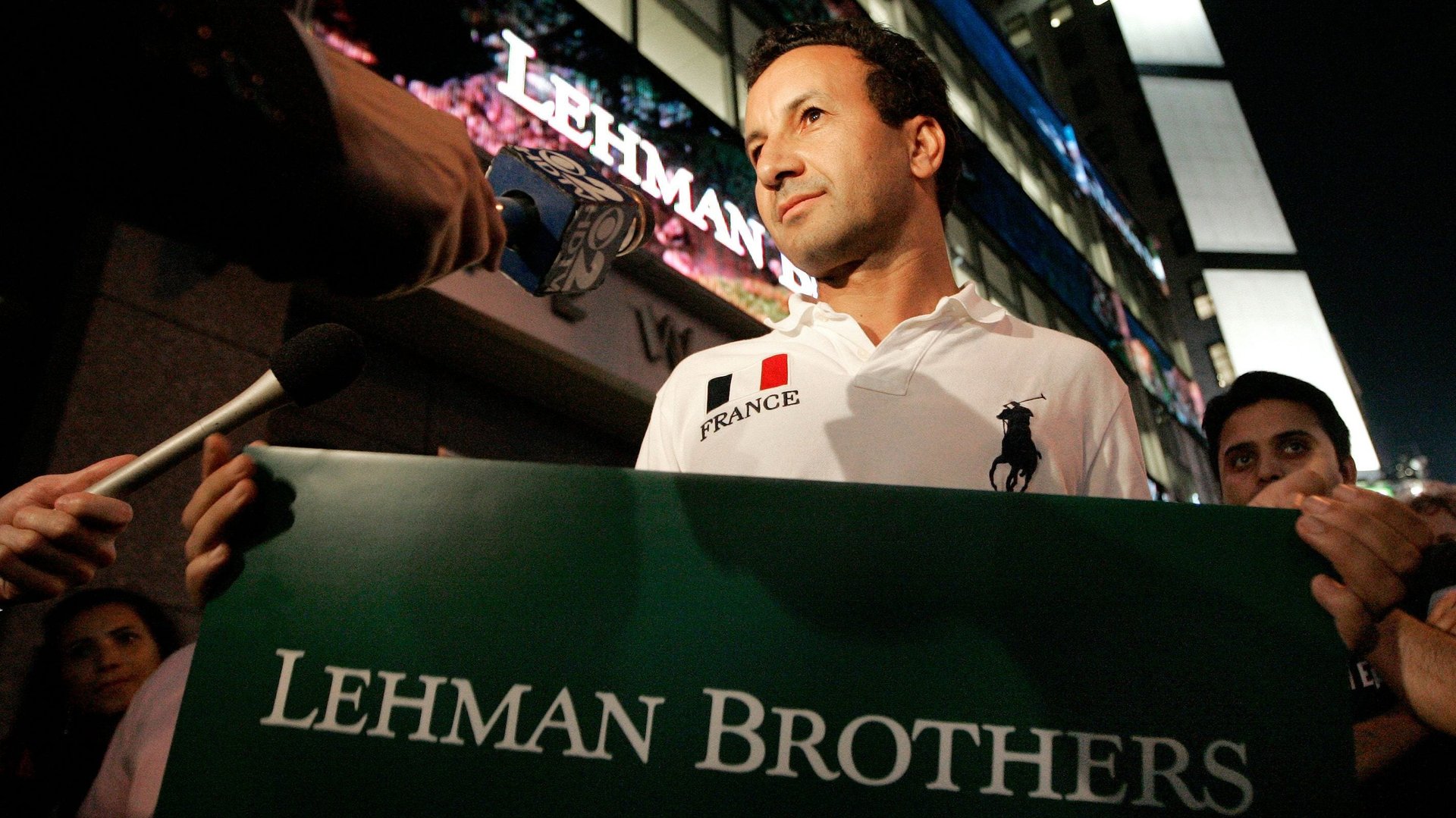The full list of US banks no longer deemed “too big to fail”
For banks, size matters. If a lender is deemed big enough by US lawmakers, it faces costly, time-consuming regulatory tests administered by the Federal Reserve. If it fails, the consequences could be dire. The Fed could demand that it holds higher reserves or suspends dividends, among other things.


For banks, size matters. If a lender is deemed big enough by US lawmakers, it faces costly, time-consuming regulatory tests administered by the Federal Reserve. If it fails, the consequences could be dire. The Fed could demand that it holds higher reserves or suspends dividends, among other things.
In 2008, Congress passed a $700-billion bailout for big banks, because the alternative—letting them go under—would have been even costlier for the economy. (It was bad enough when Lehman Brothers blew up.)
Bank were considered big enough to attract extra scrutiny if they had $50 billion or more in total assets. If they crossed that threshold they were deemed systematically important—post-2008 lingo for “too big to fail.”
That was 44 banks.
This week, Congress approved a bill to dismantle key parts of the Dodd-Frank act, the 2010 landmark legislation that decided, among other things, which banks were considered too big to fail. Under the new rules, a bank is systematically important if it has $250 billion or more in assets.
That covers only 13 banks.
The lawmakers pushing the bill hailed it as a boon to small banks. They argued that community lenders and credit unions were being unfairly, needlessly taxed because of the behavior of big banks prior to the financial crisis.
But the bill lightens the load on plenty of pretty sizable banks, too. Among the list of now not-so-big banks are multinational financial groups like BNP Paribas, Credit Suisse, Barclays, and American Express.